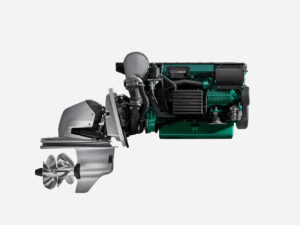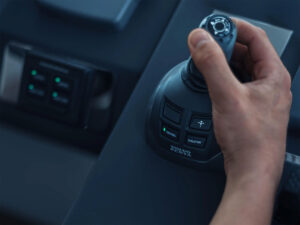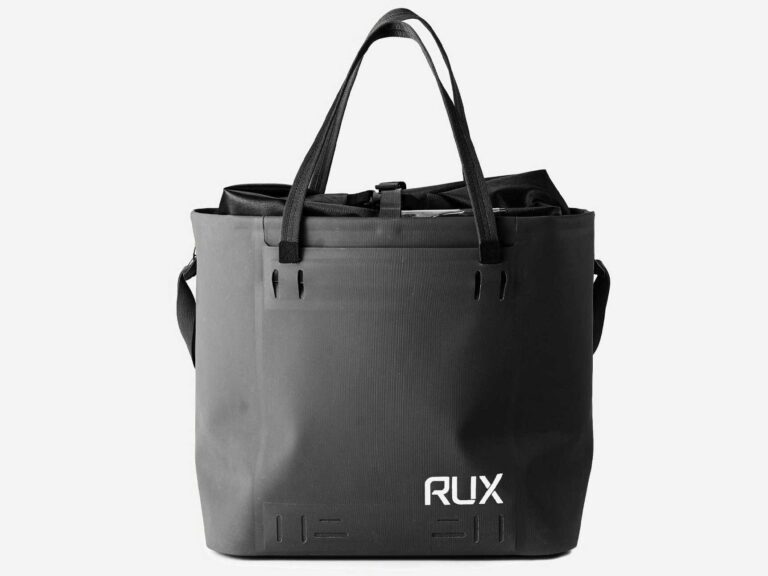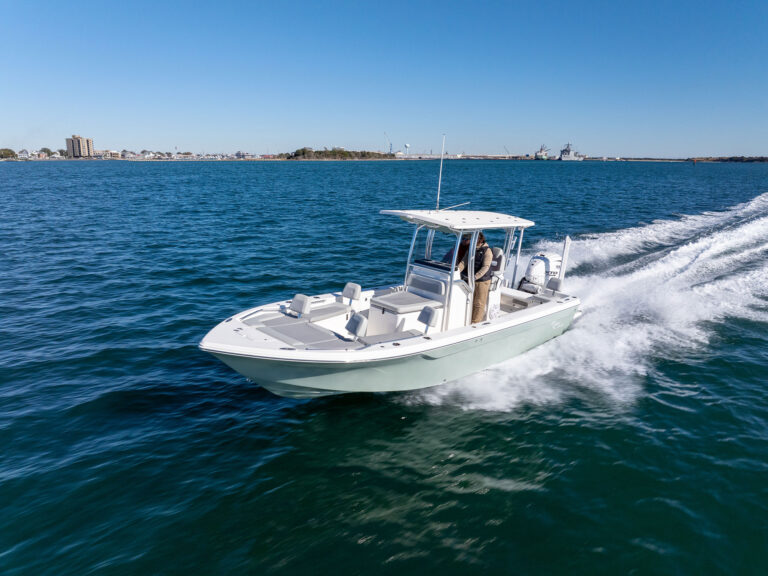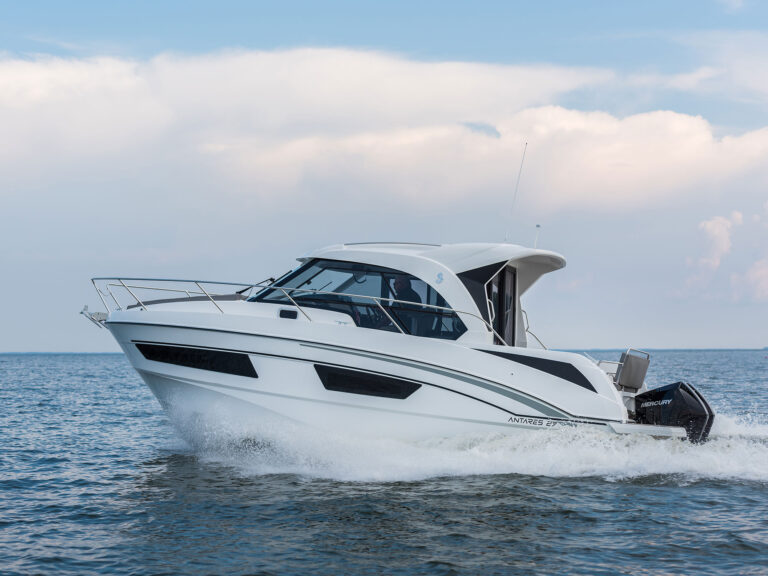While servicing boat trailer wheel bearings isn’t sexy, it can prevent the loss of valuable boating time. The most effective way to keep your rig rolling is vigilance. How often to grease boat trailer bearings? Keep the bearings greased and take them apart and service them at least once per year. Here are some tips for boat trailer wheel bearing maintenance.
How to Maintain Boat Trailer Wheel Bearings in 6 Steps

Pry off dust caps using a screwdriver by tapping the blade under the lip and rotating the hub as you pry off the cap. Bearing protectors, if so equipped, have no lip to pry under, so tap the protector as you rotate the hub, using a plastic mallet so you won’t dent the protector.
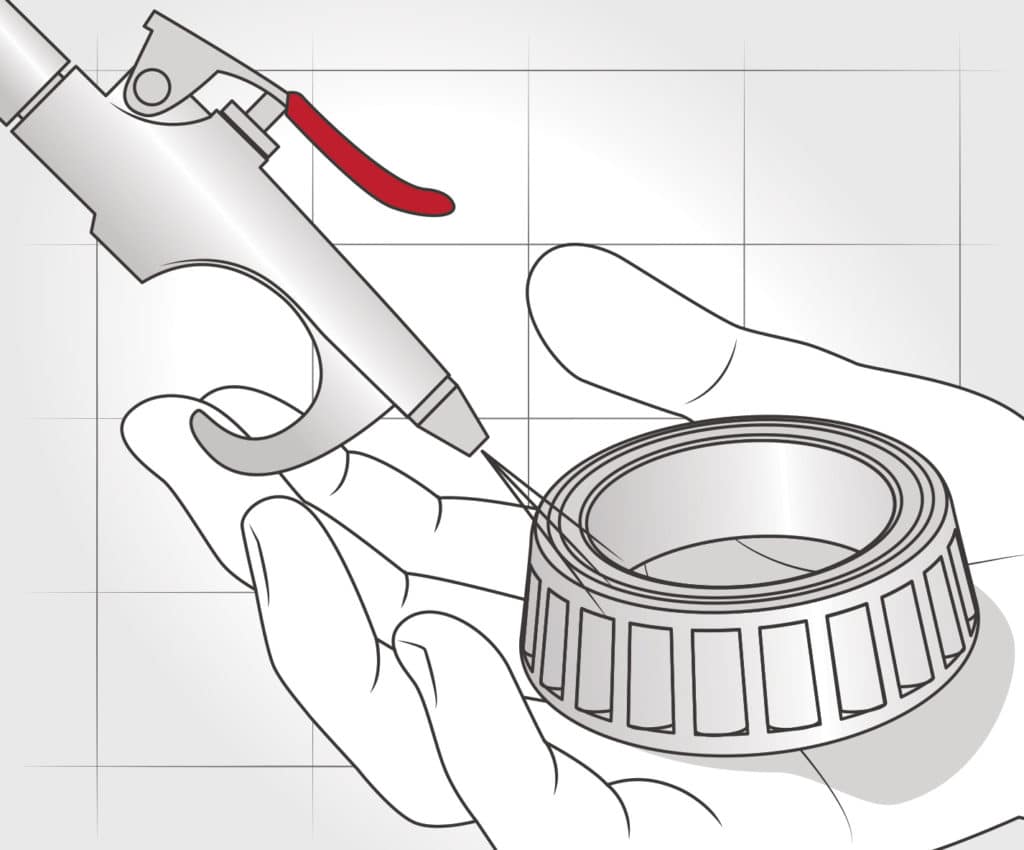
Wash the parts in a solvent after manually removing as much grease as possible. Blow-dry them with compressed air, if available. Do not spin the bearings at high speed with compressed air! This can cause them to literally explode in your hand.

If the bearings are pitted, colored blue or black, scored, galled or rusted, replace them. If in doubt, replace them anyway; new ones are cheap. Replace the bearing races as well; these are matched to the bearings. They can be removed and installed with a hammer and punch.

A bearing packer makes greasing boat trailer bearings easier and neater. If you do it by hand, place a dollop of grease in your palm and smoosh the bearing into it with your other hand. Firmly work the grease into the bearing until grease begins to appear on the other side. Rotate the bearing as you go, ensuring that it’s filled.
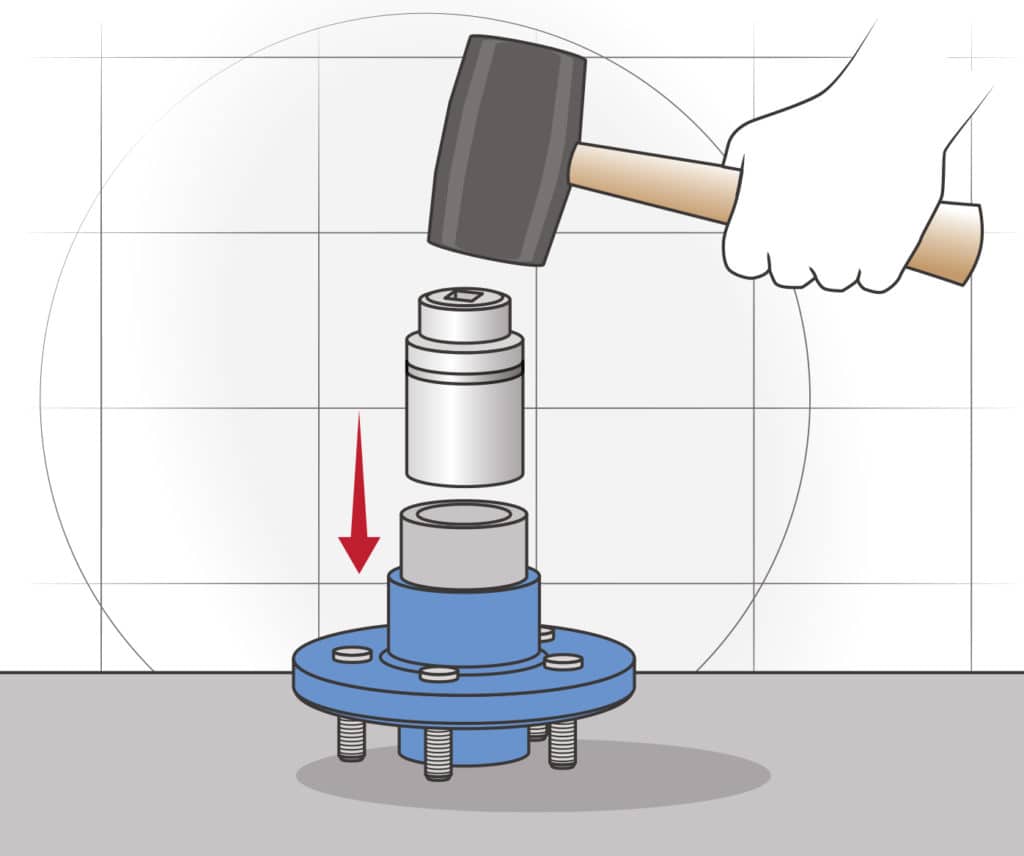
For the rear seal, with the inner bore of the hub completely clean, wipe a film of grease into the bearing races. Seat the greased inner bearing into the race. Coat the outer edge of the seal with liquid sealant, and then tap it into the hub until flush with the end of the bore, using a mallet and a socket of equivalent diameter as an installation tool. Quick Tip: No mallet? A scrap of wood and a hammer can serve your tapping and seating needs while servicing wheel bearings.
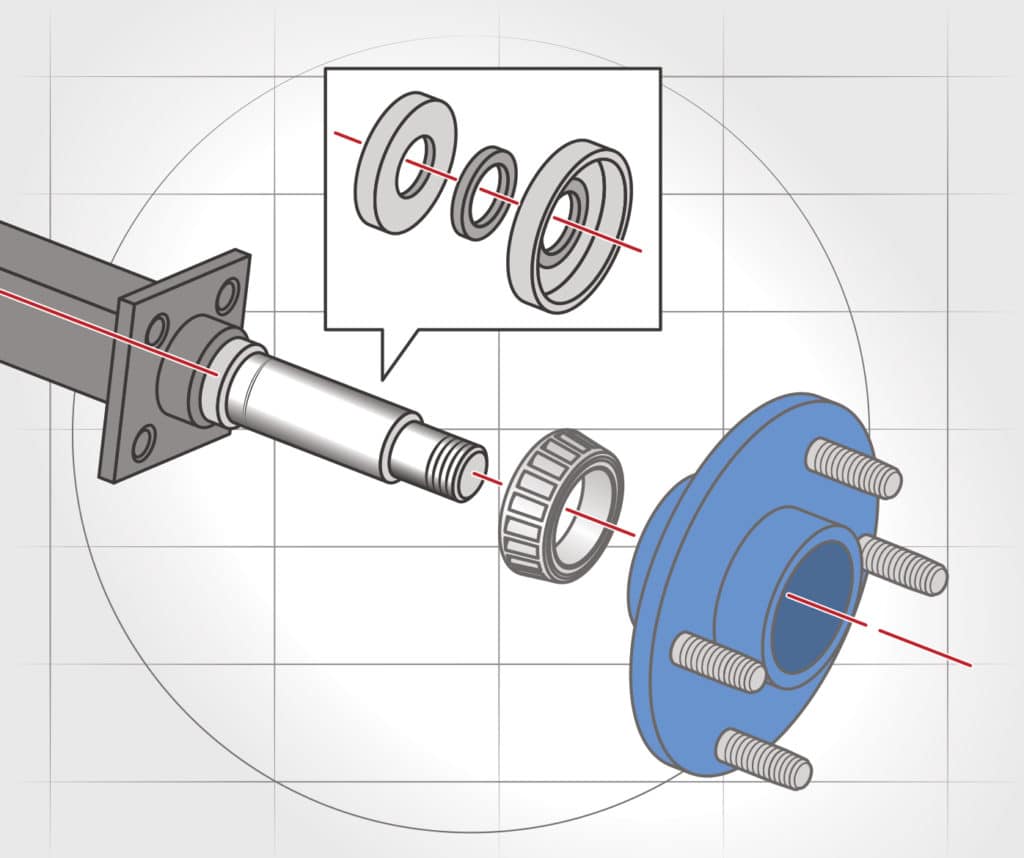
If there’s deep scoring, pitting or rust on the axle shaft where the bearings ride, you need a new axle. If the area where the seal rides is scored or pitted, you can solve the grease leakage problem this causes by fitting the axle with a spindle seal. The seals come in a kit, usually available from dedicated trailer retailers.
How to Tighten the Boat Trailer Hub Castle Nut
To tighten the hub castle nut properly after having slid in the hub with rear seal and bearings installed, tighten the nut as you spin the hub until it slows the hub from turning. Next, back off a quarter-turn and push on the sides of the hub to check for wobble. If you try this step a few times, you’ll get a feel for how tight the nut should be. If it’s too tight, the bearings will wear prematurely; if it’s too loose, the wheel will wobble. You need to find the “sweet spot” that allows free turning without wobble, so several tightening and loosening actions may be required. Congrats, you have officially finished important boat trailer maintenance.

